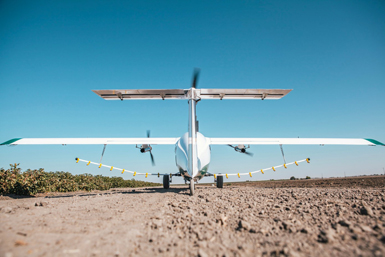
This week,
NAAA submitted comments to the FAA regarding exemption requests from two UAS
operators that intend to use UAS for ag spraying.
Pyka Inc.
submitted exemption requests for its P-400b Egret, a fixed-wing UAS with a maximum
takeoff weight of 600 pounds. The P-400b Egret has a wingspan of 34 feet and a
450-pound payload capacity.
The other exemption
request was from Moose Aye Bye LLC for its hexacopter HyLio AG-116.
Both sets of
comments explained why UAS need to be held to the same standards as manned
aircraft, especially when it comes to aircraft certification. NAAA wrote that
UAS aircraft certification standards are needed because, while there might not
be a pilot in the aircraft who is at risk during an accident, there are still
individuals on the ground as well as manned aircraft in the same airspace.
NAAA wrote,
in part, that UAS certification is “especially important for these aircraft
that are likely carrying agri-chemicals over rural buildings, water bodies,
forests, endangered species habitat, and other sensitive sites that need to be
protected from leaks or an aircraft crash.… We feel strongly that this is an
important consideration of environmental safety as the unintended consequence
of a lesser safety standard for aircraft that are unmanned is a greater risk of
accidental pesticide discharge.”
NAAA also
told the FAA it recently wrote to the EPA, asking the agency to look at the
efficacy and drift characteristics of UAVs, which preliminary studies have
shown are far different from traditional manned fixed-wing aircraft and single
rotor helicopters.
You can read
the Pyka comments here and Moose Aye Bye comments here.